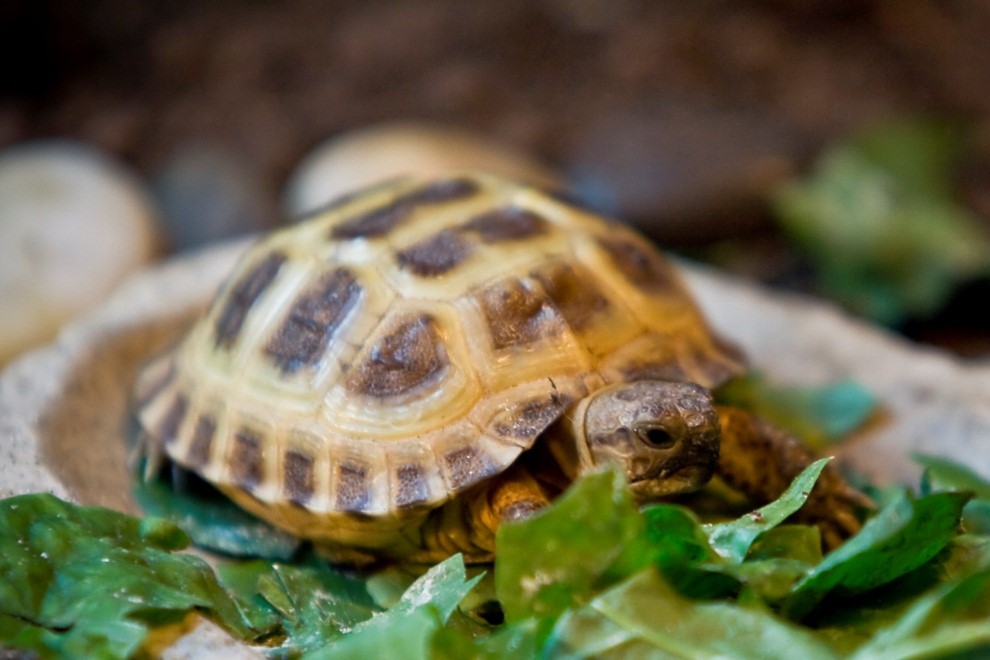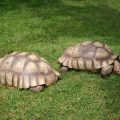In the wilderness, the Russian Tortoise likes to hibernate from October until March. In this essence, they are only active for a few months in a year. They like to hibernate when the weather is not that favorable to them.
When they are native Russian Tortoise, you should only give them a massive amount of the proper food so they could have enough food that would last through their hibernation.
If you a Russian Tortoise as a pet, these are some of the things that you can give them in captivity:
- Grasses
- Alfalfa
- Clover
- Hibiscus (the leaves and the flowers)
- Red leaf lettuce
- Kale
- Rose petals (if no pesticides were used on them)
- Turnip greens
- Mustard greens
- Radicchio
- Dandelions (Russian tortoises really seem to enjoy dandelion)
- Dandelion
- Endive
- Romaine lettuce
- Mustard greens
- Radicchio
- Spring mix
- Chicory
- Collards greens
- Kale
- Finely chopped hay
- Rose flowers that are pesticide-free
- Mulberry leaves
- Hibiscus flowers
- Prickly pear flowers
- Fruit in moderation
- Plantain weed
- Cornflowers
- Mallow flowers
- Chrysanthemum flowers
- Californian poppy
- Chia
- Forsythia
- Day-flower
- Spinach only in moderation
- Adequate fresh water supply
- Ice Plants
- Henbit
- Hosta
- Sedum
- Calcium supplement added to food lightly
- Probiotic supplement IFlora
- Hibiscus (flowers and leaves)
- Hosta
- Sedum
- Hen and Chicks
- Prickly pear flowers, fruit and pads (burn the spines off)
- Plantain (not the banana type fruit….the weed plantago major)
- Mallow (flowers and leaves)
- Henbit
- Chrysanthemum flowers
- Californian Poppy
- Cornflowers
- Forsythia
- Dayflower






 Author and long-time animal lover. Sharing knowledge on pet care through experience and the written word.
Author and long-time animal lover. Sharing knowledge on pet care through experience and the written word.